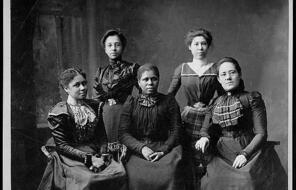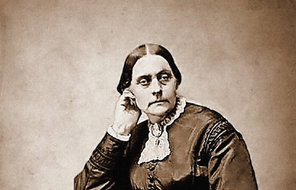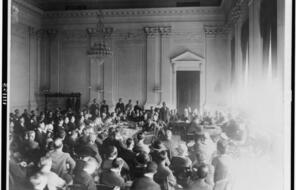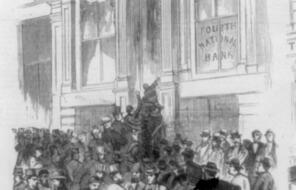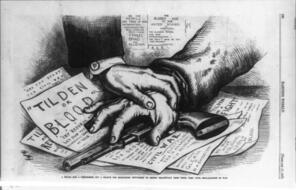Myrlie Evers-Williams Reflects on the Impact of Emmett Till’s Murder
At a Glance
Subject
- History
- Social Studies
- Racism
Myrlie Evers-Williams was a civil rights activist and a leader in the National Association for the Advancement of Colored People (NAACP). Myrlie and her husband, Medgar Evers, organized voter registration drives and civil rights demonstrations in Mississippi throughout the 1950s and 1960s despite the threat of violence. In fact, two NAACP activists, George Lee and Lamar Smith, were killed in 1955 for registering voters. Medgar was assassinated in 1963.
I never completely understood what it was that made the murder of Emmett Till so different from the ones that had preceded it. In part, I suppose it was his youth. Medgar was convinced that the existence of our office in Jackson and the enormous efforts of the NAACP to get out the news made a tremendous difference. Whatever the answer, it was the murder of this fourteen-year-old out-of-state visitor that touched off the world-wide clamor and cast the glare of a world spotlight on Mississippi’s racism. Ironically, the deaths of George Lee and Lamar Smith, both directly connected with the struggle for civil rights, had caused nothing like the public attention attracted by the Till case.
And perhaps that was the explanation. George Lee and Lamar Smith had been murdered for doing what everyone knew Negroes were murdered for doing. Neither murder had the shock effect of the brutal slaying of a fourteen-year-old boy who had certainly done nothing more than act fresh. The Till case, in a way, was the story in microcosm of every Negro in Missisippi. For it was the proof that even youth was no defense against the ultimate terror, that lynching was still the final means by which white supremacy would be upheld, that whites could still murder Negroes with impunity, and that the upper- and middle-class white people of the state would uphold such killings through their police and newspapers and courts of law. It was the proof that Mississippi had no intention of changing its ways, that no Negro’s life was really safe, and that the federal government was either powerless, as it claimed, or simply unwilling to step in to erase this blot on the nation’s reputation for decency and justice. It was the proof, if proof were needed, that there would be no real change in Mississippi until the rest of the country decided that change there must be and then forced it. 1
- 1Myrlie Evers-Williams, For Us, the Living (Jackson: University of Mississippi Press, 1996), 173–74.





